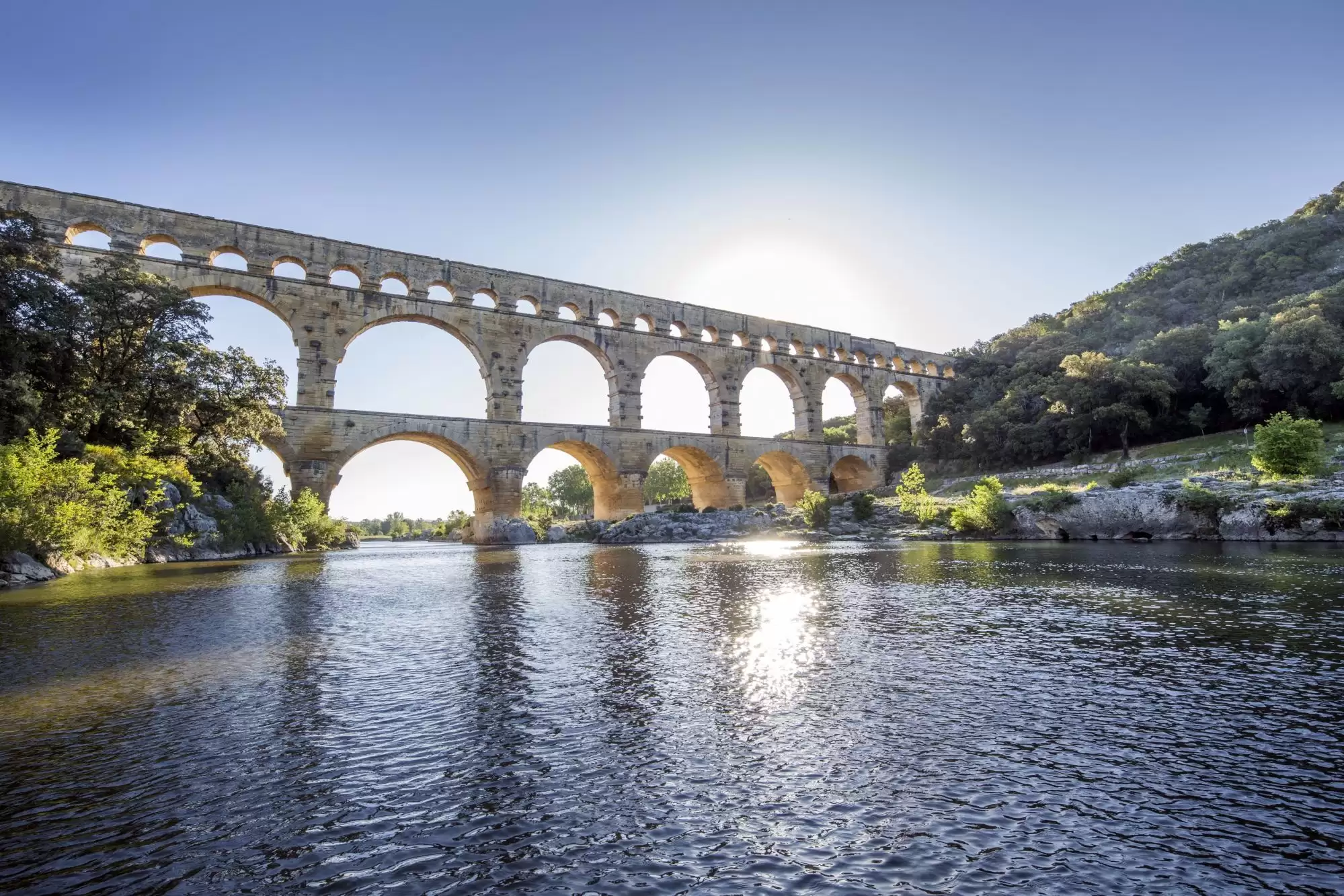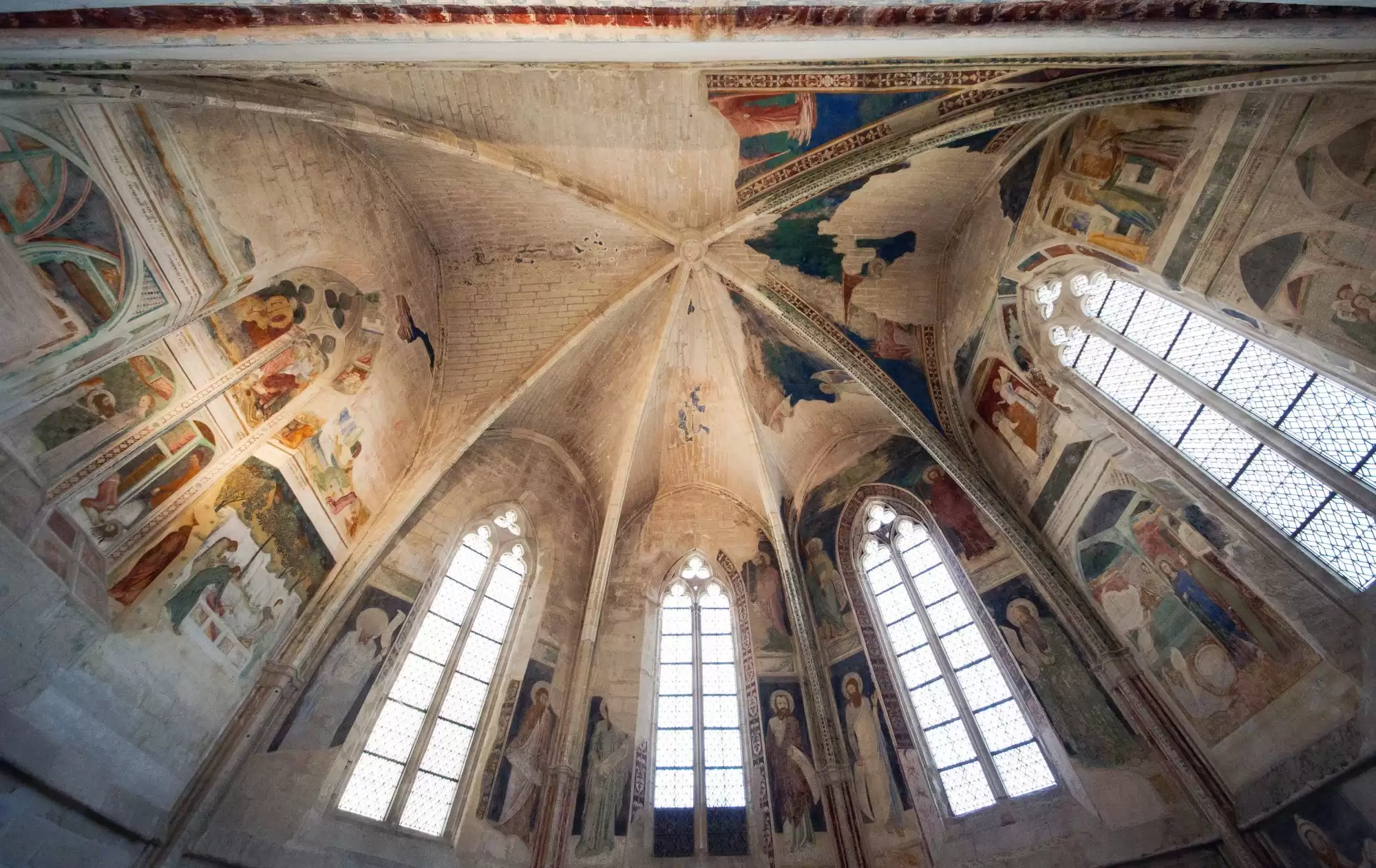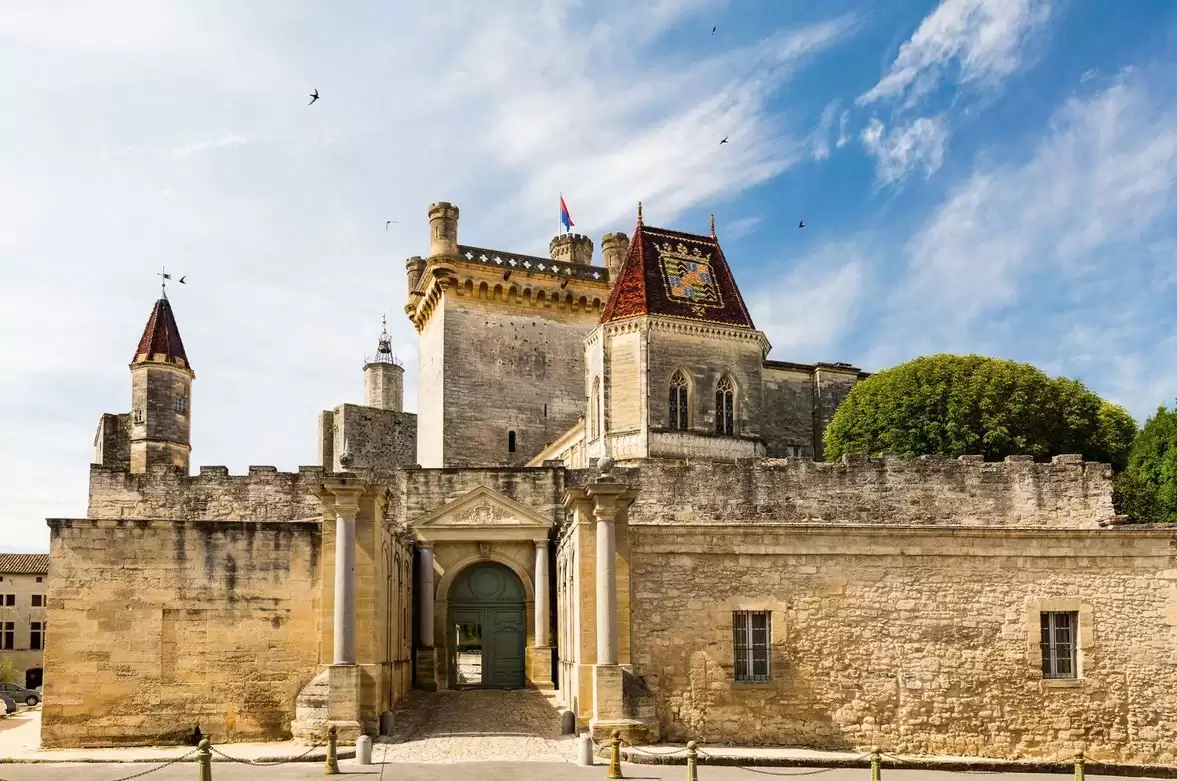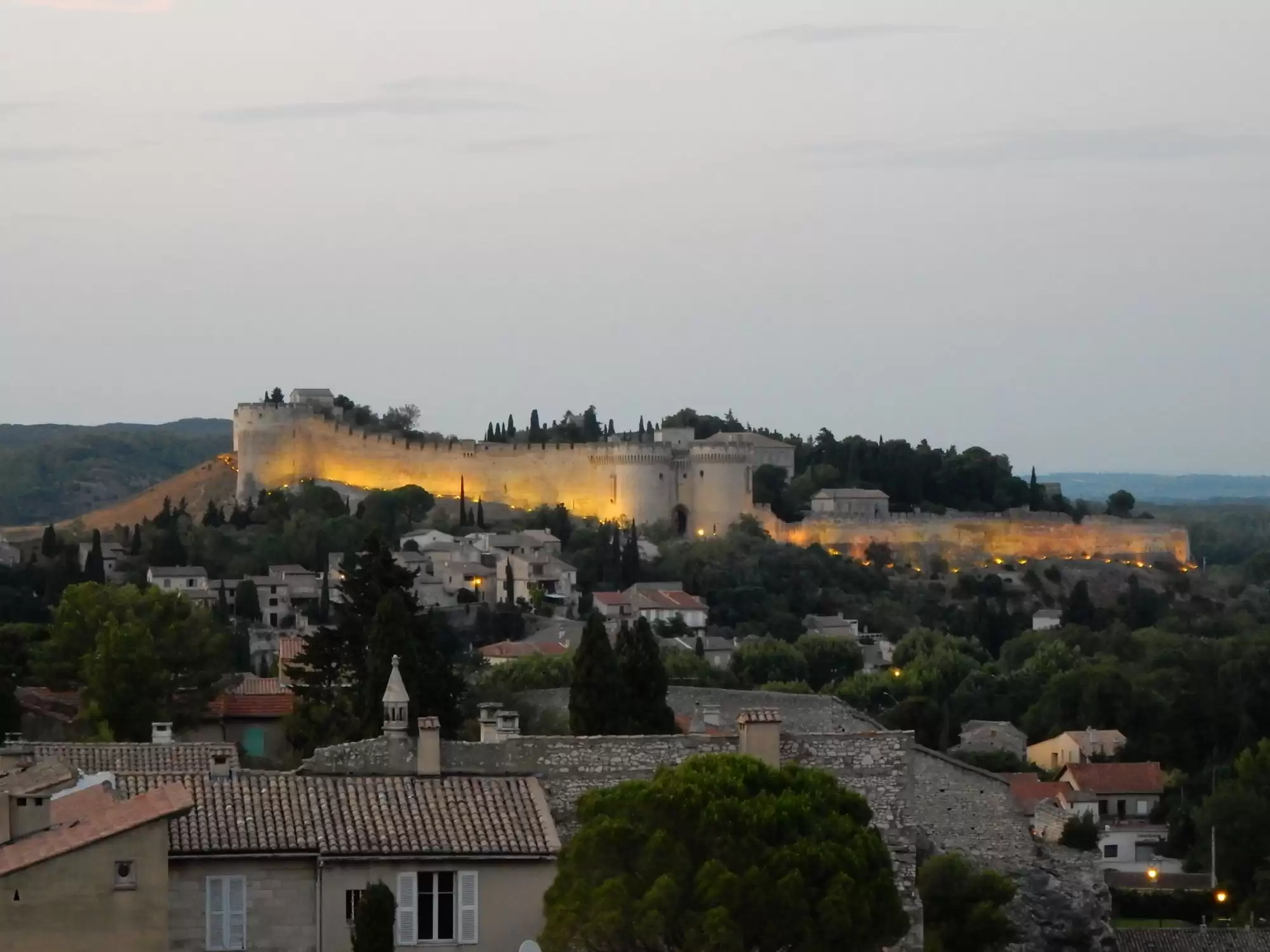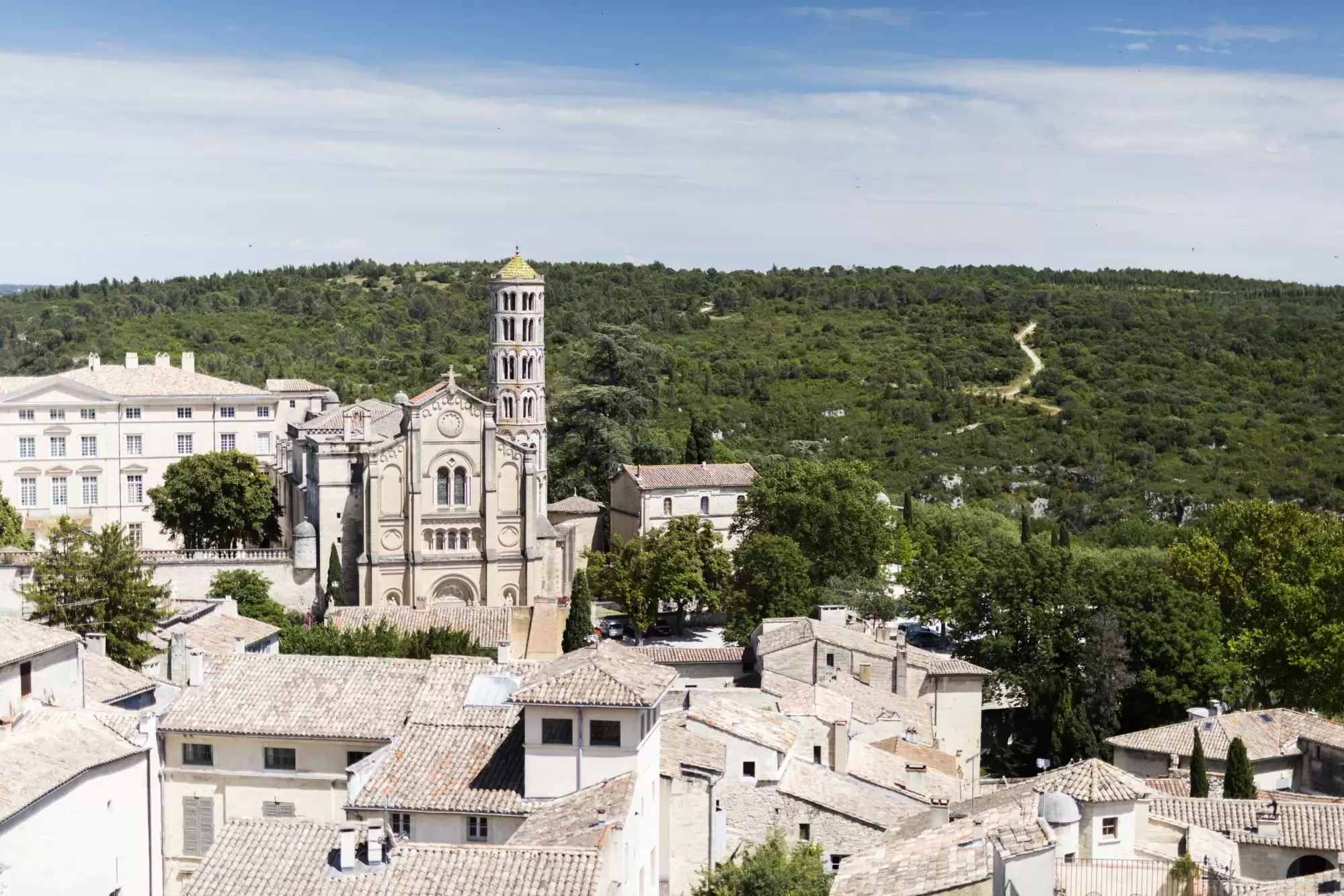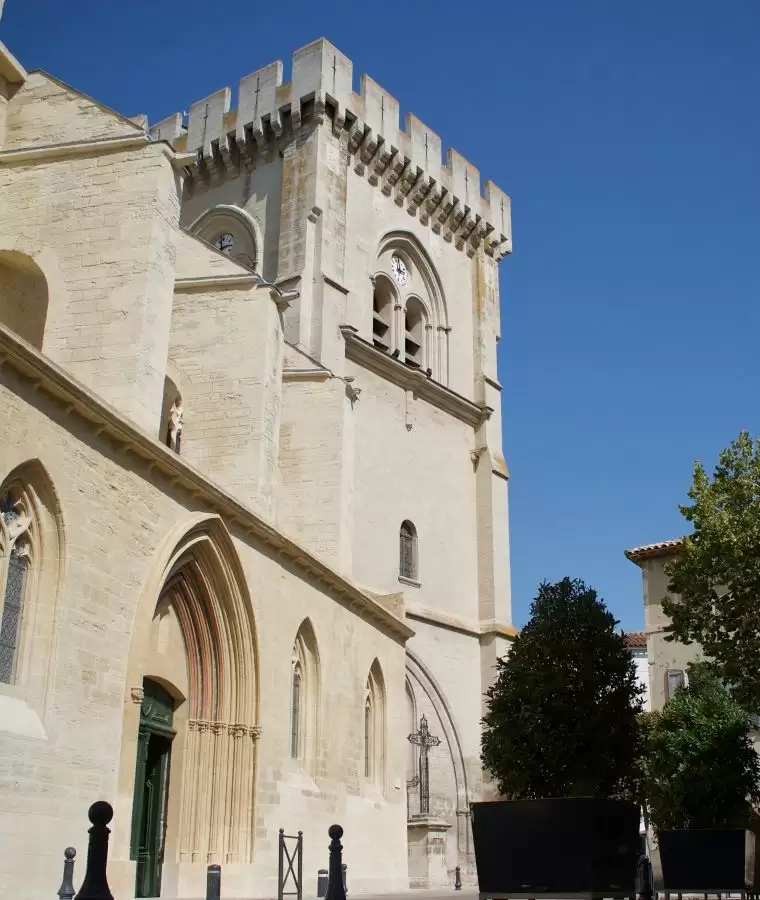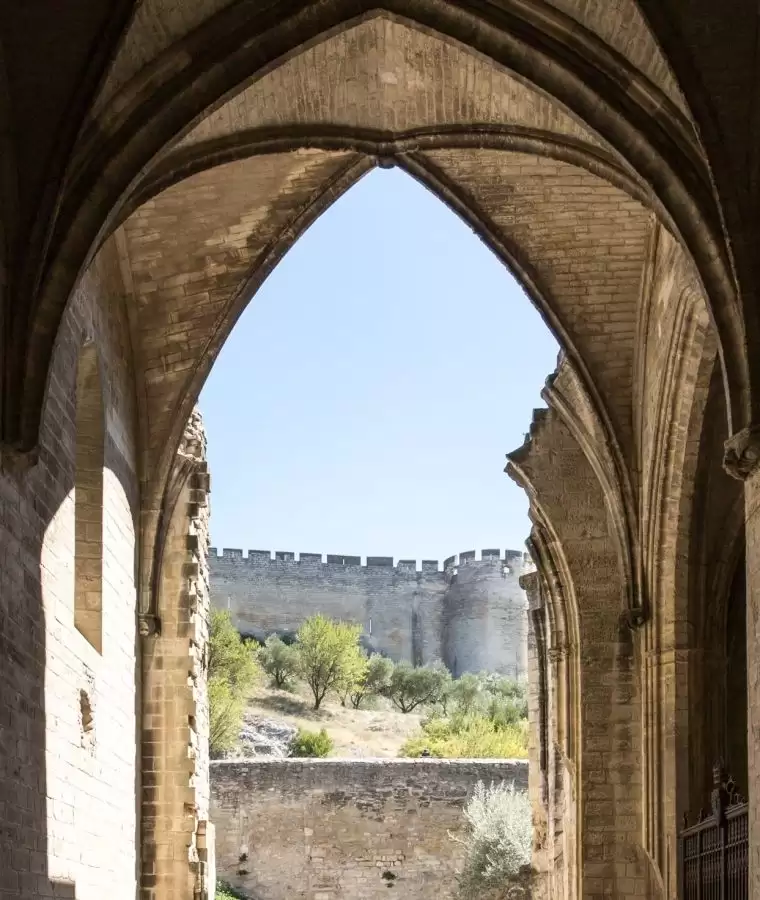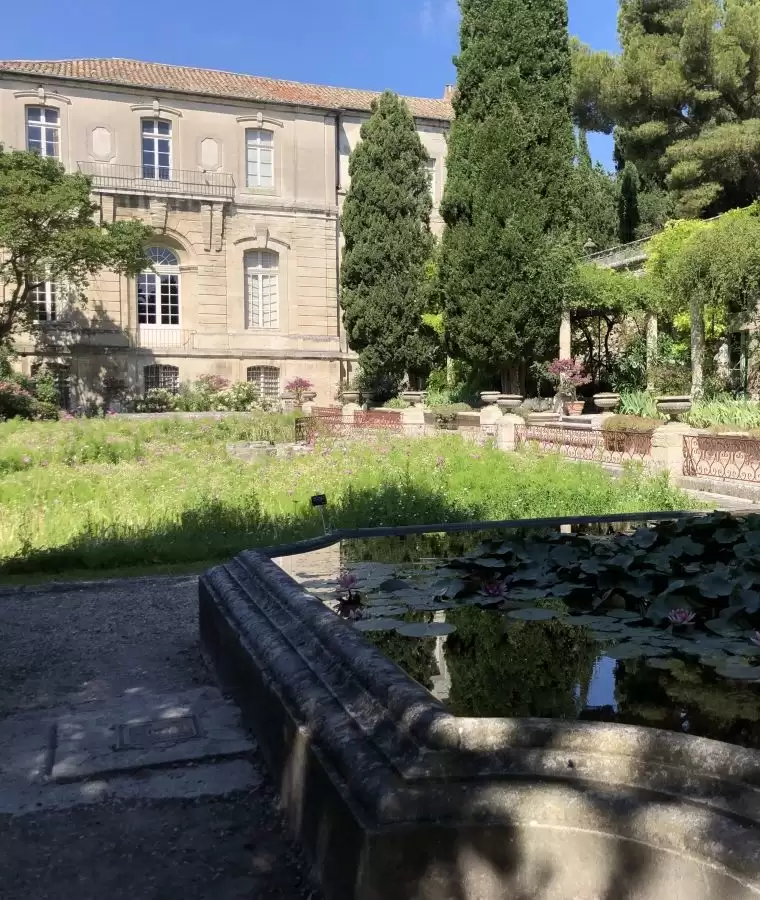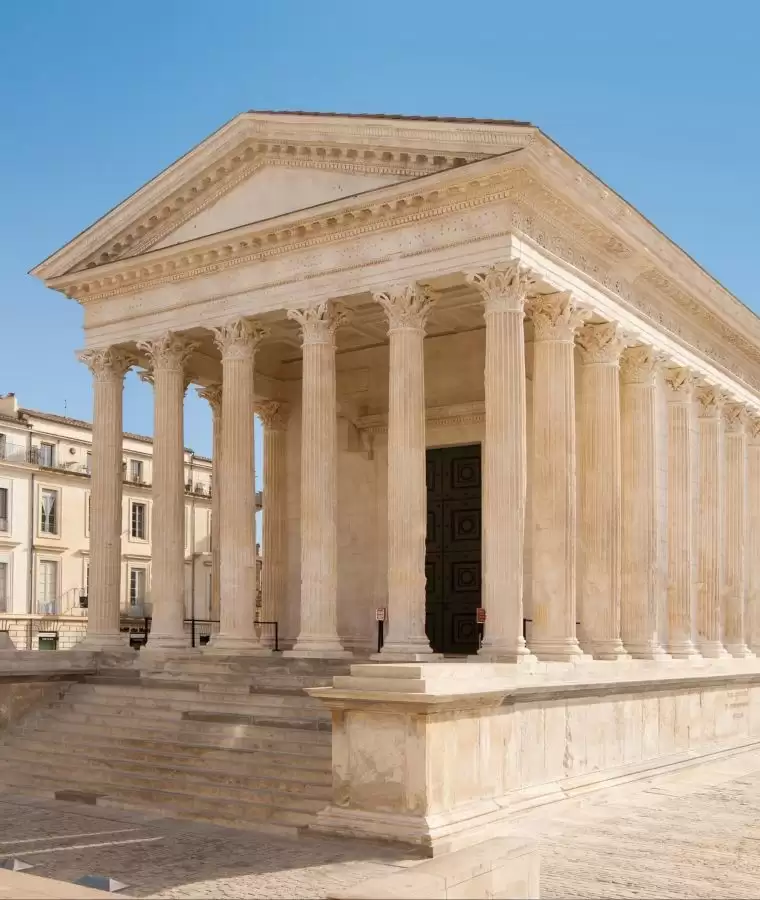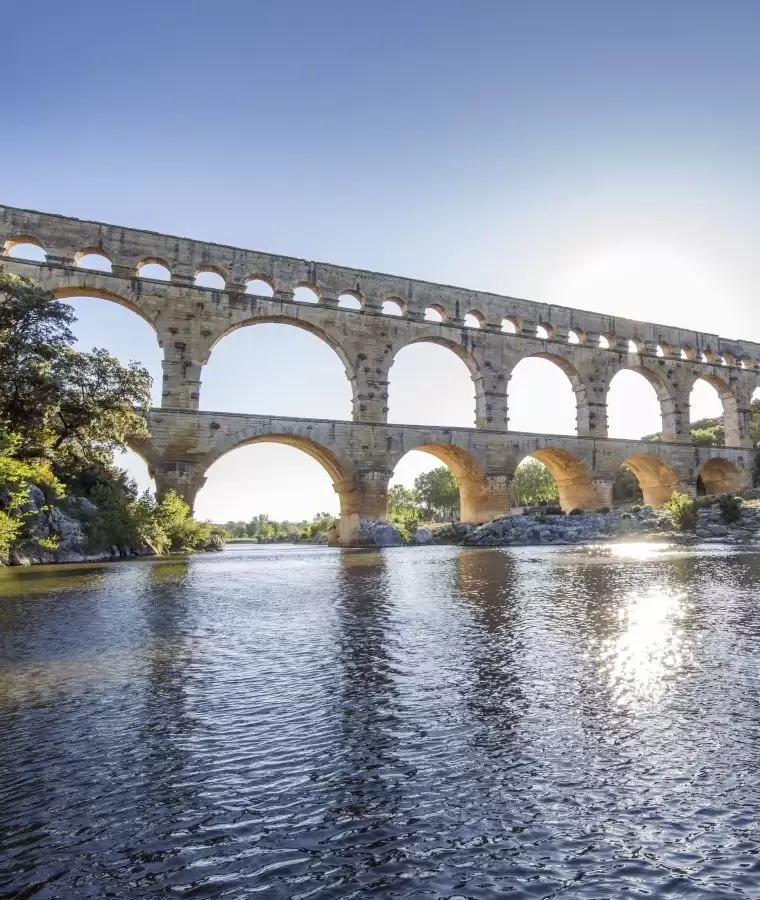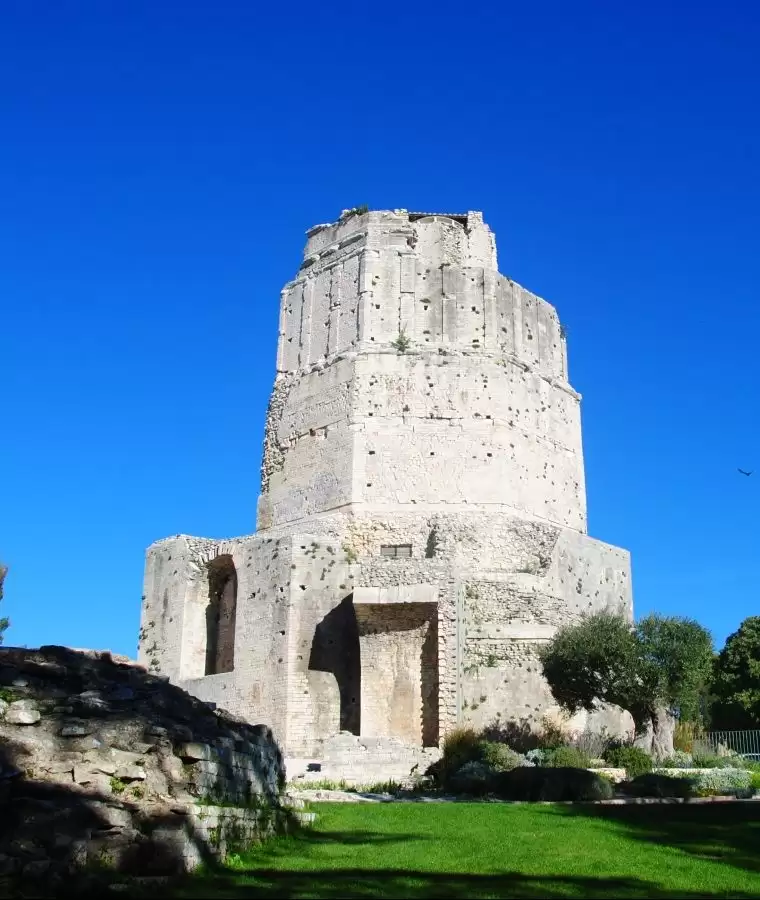Westwards of Avignon France:
Tourism in Occitanie & le Pont du Gard
One reason you should cross the Daladier bridge Villeneuve-lès-Avignon is that when you come back the same way you will be able to admire one of the most spectacular skylines in the world: the medieval city of Avignon overlooking the ramparts and crowned by the Popes’ Palace, with the famous broken bridge in the foreground and in the distance the Mont Ventoux.
Must see: La Chartreuse - Le Fort Saint-André from where you can admire the remains of the old abbey in the beautiful private garden of Miss Bacou. La Villa de l'Abbaye du Fort Saint-André: private visits led by the owner (Wednesdays and Saturdays from July to September at 4pm) - Pierre de Luxembourg Museum.
You should visit this charming village on a Saturday, you will enjoy its flea and antique market.
The Rhone River was an important border in the Middle Ages. Fort Saint André, dominating Villeneuve-lès-Avignon on the opposite banks of the river, was the symbol of power for the Kingdom of France and the Capetian dynasty, since the fort faced Avignon where the papacy was established in 1309. Though under French control, Avignon lay on the other side of the Rhone River just outside the borders of the French kingdom, in the territory of the Holy Roman Empire The fort includes the Royal Abbey of Saint André , well worth a visit for the magnificent abbatial palace and the extensive gardens offering an exceptional view of Avignon.
The coronation of the Virgin by Engerrand Quarton (c.1410-1466) in the Pierre-du-Luxembourg Museum definitely merits a detour. It is one of the only three surviving paintings of this enigmatic French painter. There is endless literature about this exceptional painting of enormous size, starting with the surviving contract thanks to which we know the name of the man, Jean de Montagnac, who commissioned this painting.
Pope Innocent VI’s tomb at the Charterhouse of the Val-de-Bénédiction is the only papal tomb to survive the French Revolution. It was sold and rediscovered in 1834, dismantled in a farmer’s barn; the alabaster statues had been sold one by one and the lower section served as a wardrobe.
The Duchy of Uzès, the first duchy of France, is a medieval city in the Gard. Uzès invites walkers and architecture lovers to discover its old town and its typical Provencal market on Saturday mornings. To visit: The Duchy of Uzès - The Medieval Garden - The Museum of Uzès in the former bishop's palace/ St Theodorit Cathedral, famous for its 17th century organ.
Nîmes is worth the detour with its Roman monuments, the Arenas, la Maison Carrée, the Tour Magne, as well as its feria and bullfights.
Tavel / Lirac: famous villages known for their wines that can be tasted in several vineyards.
Saint-Quentin-la-Poterie: a quiet village famous for its pottery.
Anduze: The gateway to the Cevennes.
Some of the must-see markets in western Provence in the Gard
-Villeneuve-les-Avignon: Thursday morning
-Uzès: Wednesday and Saturday morning
-Aigues-Mortes: Wednesday and Sunday morning
-Alès - organic market: Wednesday and Saturday morning
-Anduze - organic market: Thursday morning
